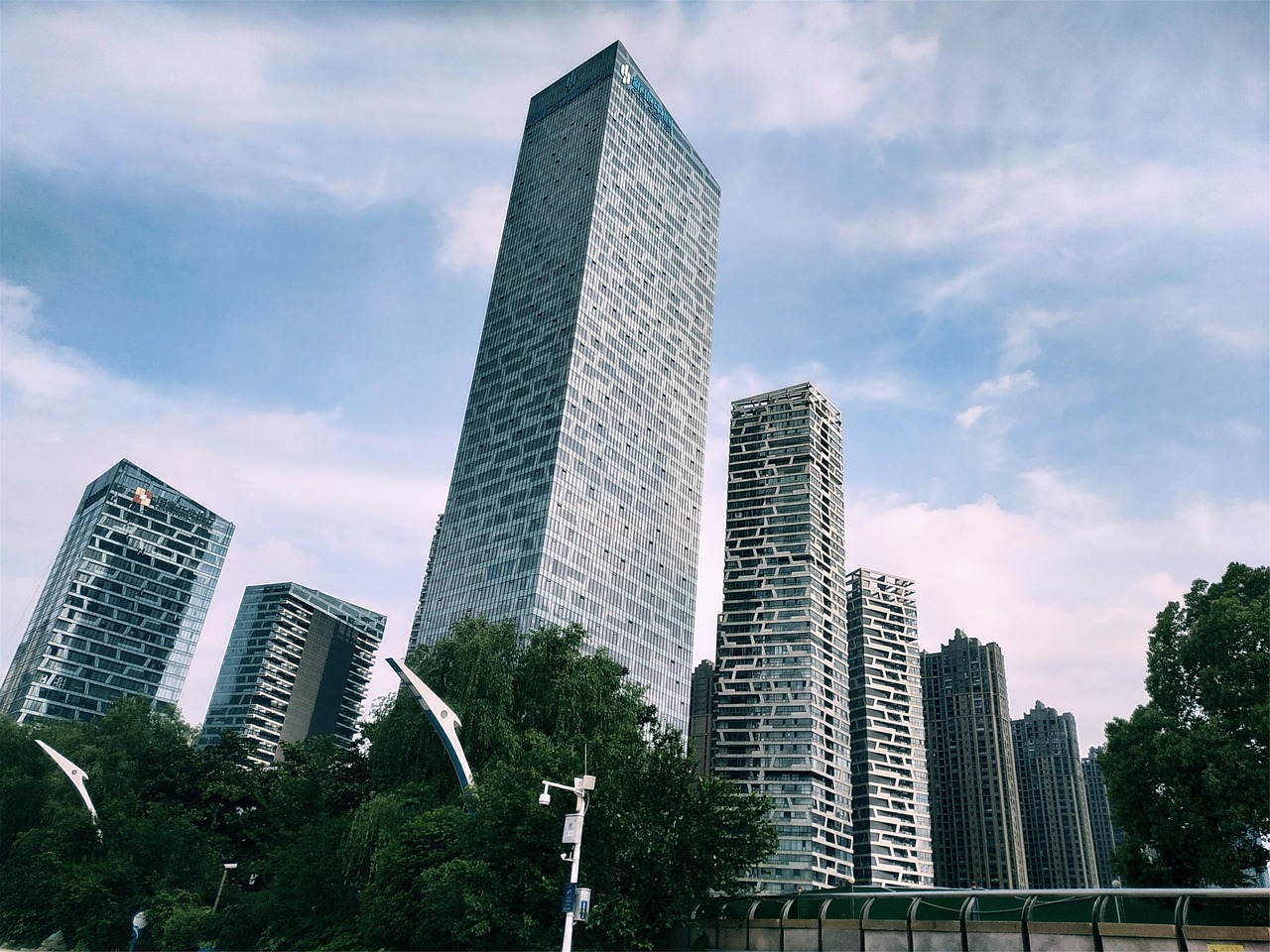Nature has always fascinated mankind with its stunning landscapes and awe-inspiring creations. One such marvel that exemplifies the ingenuity of nature is the Double Decker Living Root Bridge. Nestled amidst the lush greenery of Meghalaya, a state in northeastern India, these unique bridges are a testament to human harmony with the environment. In this article, we will explore the fascinating world of Double Decker Living Root Bridges and uncover the secrets behind their construction and significance.
Table of Contents
- The Origin of Living Root Bridges
- The Unique Construction Technique
- The Significance of Double Decker Bridges
- The Preservation Efforts
- Exploring Double Decker Living Root Bridges
- The Ecotourism Potential
- The Cultural Heritage of Meghalaya
- The Environmental Impact
- The Future of Living Root Bridges
- Conclusion
- FAQs
1. The Origin of Living Root Bridges
The practice of growing living root bridges dates back centuries in the remote regions of Meghalaya, where the local indigenous Khasi and Jaintia tribes discovered a sustainable solution to traverse the region’s dense jungles and turbulent rivers. By directing the roots of the Ficus elastica tree across streams and rivers, they created natural bridges capable of withstanding the test of time.
2. The Unique Construction Technique
The construction process of a living root bridge is a meticulous art that requires patience and foresight. The process begins by training the roots of the Ficus elastica tree to grow in a specific direction using hollowed-out betel nut trunks or bamboo scaffolding. Over the years, the roots thicken and strengthen, intertwining to form a sturdy network. The process can take up to 15 to 20 years before the bridge becomes fully functional.
3. The Significance of Double Decker Bridges
The Double Decker Living Root Bridges are a remarkable innovation within the realm of nature’s architecture. These bridges consist of two layers, with the lower level serving as the primary pathway for pedestrians and livestock, while the upper level allows for easier navigation during monsoon seasons when the rivers swell. This dual design showcases the resourcefulness of the local communities in adapting to the challenging natural environment.
4. The Preservation Efforts
As the popularity of these living root bridges has grown, so has the need to preserve and protect them. Several organizations and local communities have joined hands to ensure the sustainability of these natural wonders. Efforts such as regular maintenance, periodic pruning, and replanting of roots are undertaken to maintain the structural integrity of the bridges. These preservation initiatives play a vital role in safeguarding this unique cultural heritage.
5. Exploring Double Decker Living Root Bridges
To truly appreciate the beauty and grandeur of the Double Decker Living Root Bridges, one must embark on a journey through the verdant landscapes of Meghalaya. The most famous bridge, the Umshiang Double Decker Living Root Bridge, located in the village of Nongriat, entices travelers with its breathtaking views and pristine surroundings. Trekking through the dense forests and crossing crystal-clear streams, visitors are rewarded with a sight that transcends their wildest imagination.
6. The Ecotourism Potential
The Double Decker Living Root Bridges have become a beacon for ecotourism in Meghalaya. The harmonious coexistence of man and nature has attracted visitors from around the world, seeking an offbeat and sustainable travel experience. This newfound attention has not only provided economic opportunities for the local communities but has also raised awareness about the importance of preserving our natural heritage.
7. The Cultural Heritage of Meghalaya
Beyond their structural magnificence, these living root bridges hold immense cultural significance for the people of Meghalaya. They symbolize the deep-rooted traditions and wisdom of the indigenous tribes who have carefully nurtured and passed down this knowledge from generation to generation. The bridges are a testament to the harmonious relationship between humans and the environment, echoing the ethos of sustainable living.
8. The Environmental Impact
The Double Decker Living Root Bridges offer valuable lessons in sustainable architecture and environmental conservation. Unlike conventional concrete structures, these bridges are self-regenerating and have a minimal carbon footprint. They serve as natural carbon sinks, providing habitat for diverse flora and fauna, and mitigating soil erosion in the region. The bridges showcase nature’s ability to solve complex engineering challenges while maintaining ecological balance.
9. The Future of Living Root Bridges
As the world becomes increasingly aware of the importance of sustainable practices, living root bridges are gaining recognition as an eco-friendly alternative to conventional structures. Their unique construction technique and low environmental impact make them an inspiration for architects and engineers seeking innovative solutions for the future. It is essential to continue supporting the preservation and promotion of these living treasures for generations to come.
Conclusion
The Double Decker Living Root Bridges of Meghalaya stand as a testament to nature’s resilience and human ingenuity. These living architectural wonders have captivated the world with their unique construction, cultural significance, and environmental sustainability. As we marvel at their beauty and explore their enchanting surroundings, let us also recognize the importance of preserving our natural heritage and embracing sustainable practices.
Similar Articles
FAQs
Q: How long does it take to construct a living root bridge?
A: The construction of a living root bridge can take approximately 15 to 20 years.
Q: Can vehicles cross the living root bridges?
A: Living root bridges are primarily designed for pedestrians and livestock. They are not suitable for vehicles.
Q: Are there any other examples of living root bridges outside Meghalaya?
A: While Meghalaya is renowned for its living root bridges, similar structures can be found in other parts of the world, such as Indonesia and Vietnam.
Q: Do the living root bridges require maintenance?
A: Yes, regular maintenance is necessary to ensure the longevity of the bridges. This includes pruning, replanting, and monitoring their structural integrity.
Q: Can tourists visit the Double Decker Living Root Bridges?
A: Yes, tourists can visit the Double Decker Living Root Bridges. However, it is important to respect the local culture, follow designated paths, and adhere to responsible tourism practices.
In conclusion, the Double Decker Living Root Bridges of Meghalaya represent a harmonious blend of nature’s brilliance and human innovation. These organic bridges not only facilitate transportation but also serve as a symbol of sustainability and cultural heritage. As visitors traverse the dense forests and immerse themselves in the breathtaking landscapes of Meghalaya, they become part of a narrative that celebrates the extraordinary bond between humans and the environment.
Double Decker Living Root Bridge









